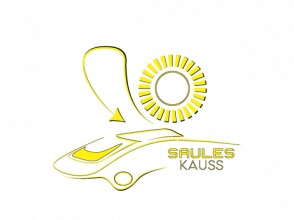The research was carried out at the ISSP UL Laboratory of Spectroscopy in the frame of project “New transparent oxyfluoride nanocomposite materials for optical applications" supported by Latvian Council of Science project No. Izp-2018 / 1-0335. The Laboratory of Spectroscopy has undergone infrastructure and equipment upgrade within CAMART2 project and it is one of the largest laboratories at the ISSP UL and it combines a variety of research methods related to optical and magnetic resonance spectroscopy. The staff of the laboratory has extensive experience in the spectroscopic characterization of solid state materials and actively provides services to academic and industrial partners.
The aim of the afore mentioned project is to develop and characterize nanostructured rare earth ion doped oxyfluoride glass ceramic materials tailored for highly efficient luminescence performance. In order to achieve the desired luminous properties such as high color rendering index and quantum yield values of the emission as well as the repeatability required for practical applications it is planned employ structure sensitive X-ray diffraction and electron microscopy characterization techniques. State of art optical and magnetic resonance spectroscopy investigations at cryogenic temperatures are planned to determine the correlation of optical properties with activator local structure. The scientific novelty of this project is the emphasis on quantitative characterization of the studied materials which will advance the applicability of transparent glass ceramics for industrial use.
In the January issue of Latvian monthly popular scientific journal Ilustrētā Zinātne (Illustrated Science) article "New materials illuminate the world" is published, in which materials created during the course of the project are described stating that modern technology is unthinkable without rare earth elements. They are used, for example, in television screens, lasers and magnets. By incorporating charged atoms (ions) of these substances into glass-ceramics, researchers from ISSP UL have created materials that emit visible light under the influence of various types of electromagnetic radiation. These materials could have a wide range of applications in the future, for example, a material that emits white light under the influence of ultraviolet light could replace the luminescent substances used in modern white LEDs, which lose their performance at high temperatures. In turn, materials capable of converting infrared radiation into visible light of different colors could be used in optical sensors or infrared light visualizers.
Researchers believe that the practical use of new materials is not the only benefit – a fundamental understanding of the characteristics of the various elements opens opportunities for knowledge and capabilities that have not been imaginable.
Full article in Latvian available in January 2021 (182) issue of Ilustrētā Zinātne.



